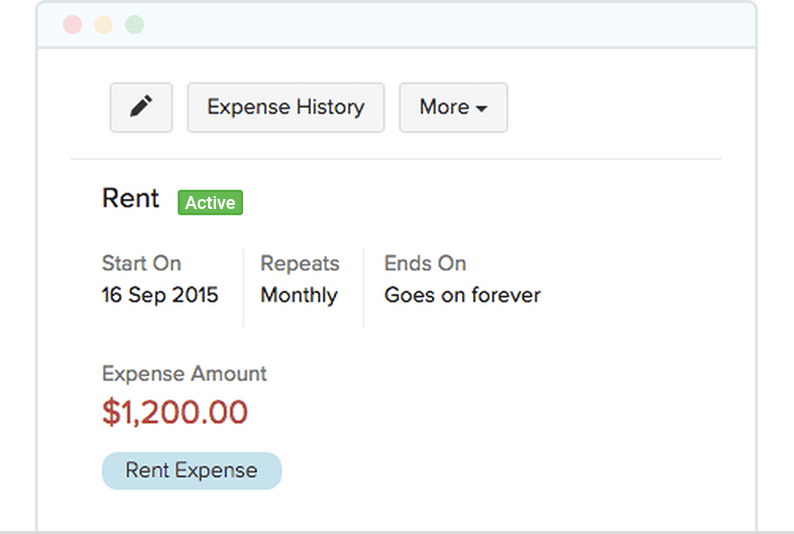
Time-based billing is by far the most common form of billable work. Direct client communication, including client meetings and consultationsīillable work is also typically broken down into three categories:.In general, the following tasks are considered billable work: To avoid confusion, it's best to define what is billable and what is not before you begin to work on a project. Billable work is one of the main sources of income for service based companies like consultancies, agencies, law firms, and accounting agencies, and usually the main metric used to judge the performance of employees. The terms billable hours, billable work, or billable tasks all describe a task that can be charged to a client. These are usually tasks that are outlined in a contract between you and your client. In other words, billable work consists only of those tasks that are to be compensated this determines how you will get paid for the time you spent on the project.

It includes every unit of work that you can put on your invoice to the client. The importance of tracking non-billable hoursīillable work embraces all tasks that are directly related to the client's project.
Non reimbursable expenses meaning how to#

Sad but true, employees use up only 2.8 hours of their day on productive tasks. However, in reality, organizations often struggle to come up with an effective system of time tracking to optimize their earnings.Įven the most efficient workers will spend non-billable time working on a project.

On the surface, the process may sound pretty straightforward. You negotiate a rate, track the time spent on the project, and bill it to the client. Many companies, as well as independent consultants and contractors, operate at an hourly rate.


 0 kommentar(er)
0 kommentar(er)
